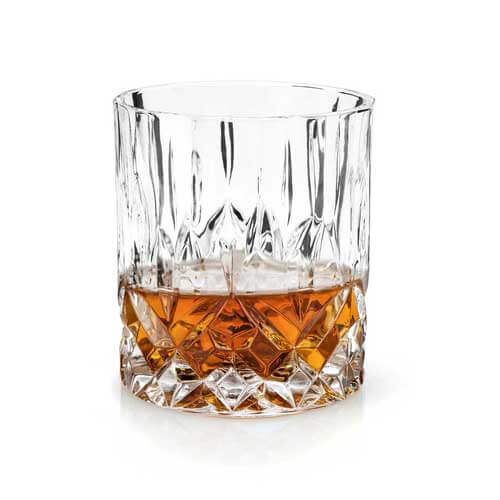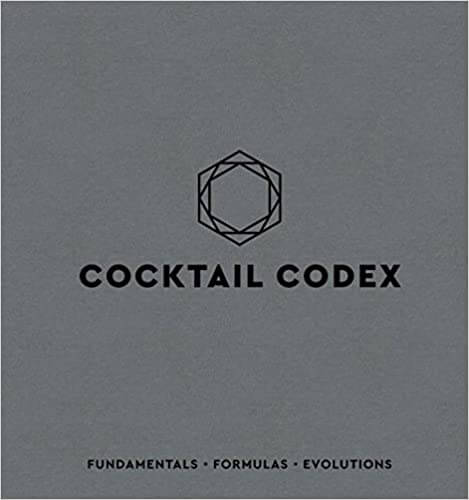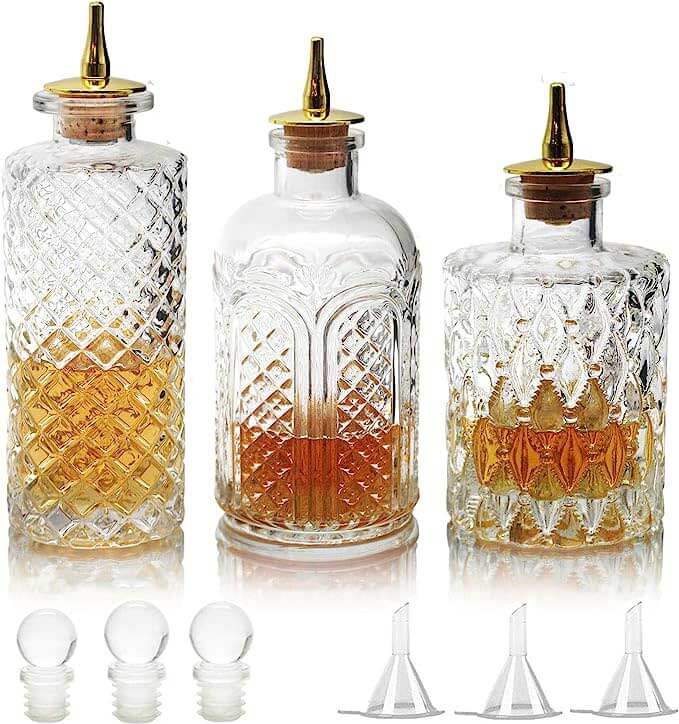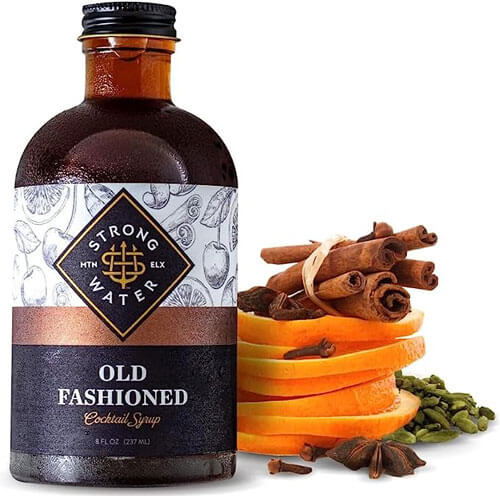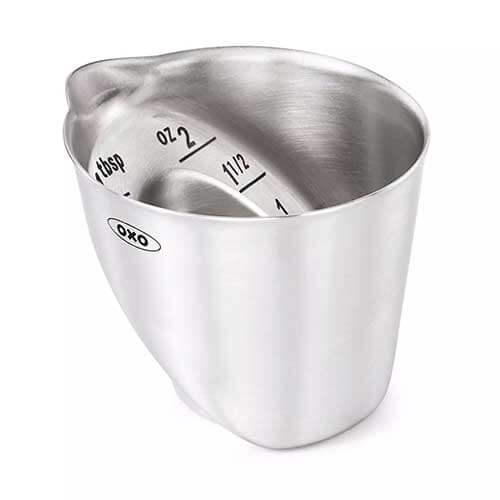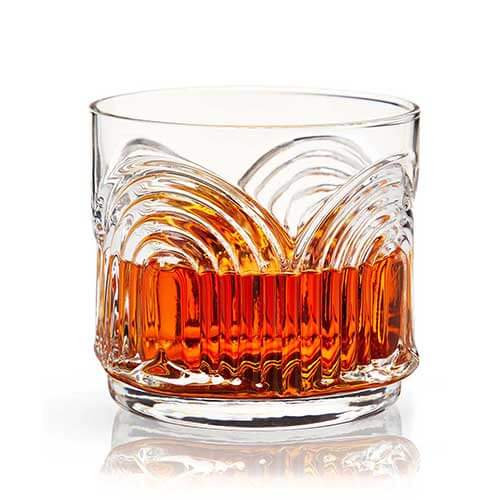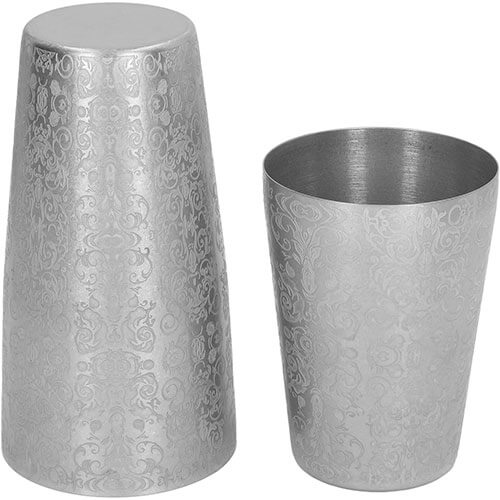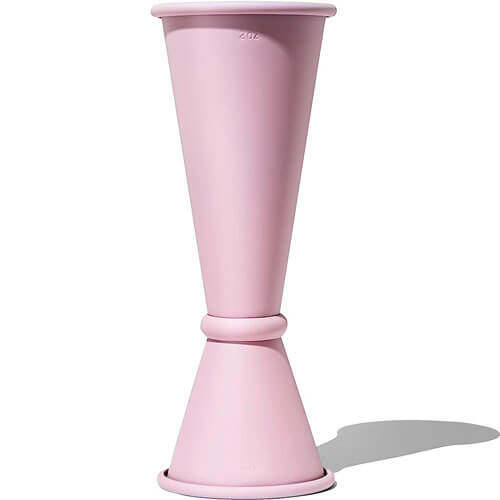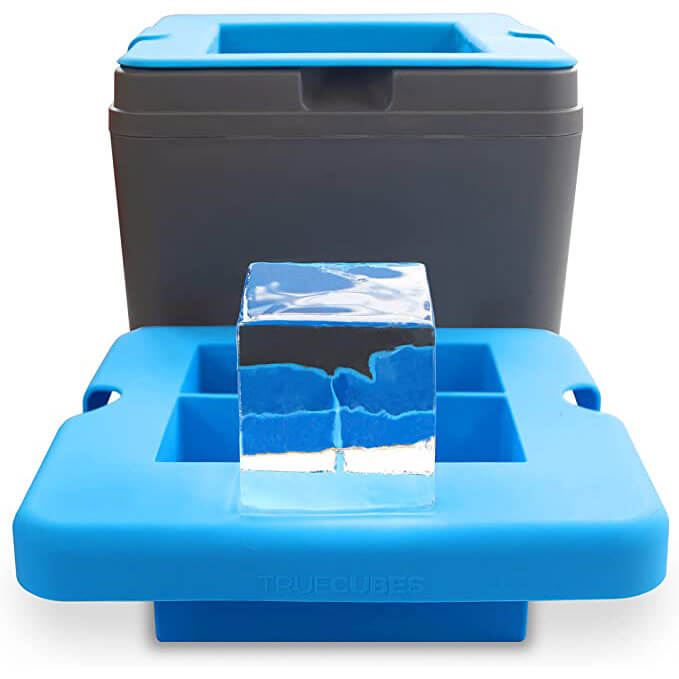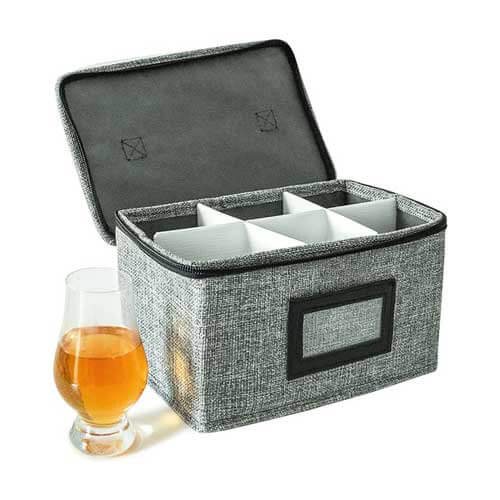See also Four Roses Single Barrel Barrel Strength; or Four Roses Single Barrel.
It can be tough to understand the difference between all of the different Four Roses Single Barrel bottles, especially given that they all look so similar. The labels provide a ton of information about what’s in the bottle, so it’s important to know how to read them. Fortunately, it’s not too hard to brush up.
Four Roses Single Barrel (100 proof)
The standard Four Roses Single Barrel offering is always bottled at 100 proof and always uses the same OBSV recipe (more on that in a minute). Always. It’s relatively easy to find at $35-50 and is always a nice pour, whether it’s for cocktails or drinking neat.
Four Roses Single Barrel (Barrel Strength)
If you’re looking to go a little deeper into the world of Four Roses, the Barrel Strength bottles are usually barrels that are specifically selected by bars and stores and are bottled (obviously) at barrel strength. Four Roses famously uses ten different recipes, and the barrel proof offerings always showcase a specific selection of one of those recipes. There’s typically a label on the left side that states which recipe was selected and often the age of the barrel upon bottling. No sticker on the side but sure it’s a barrel strength bottling? Email Four Roses and they’ll help you track down the recipe.
Four Roses Recipes
Four Roses Single Barrel Barrel Strength bottles have a barrel select sticker on the side specifying the recipe and age. The recipe is a four-letter identifier in the format O_S_. The first letter is always O (indicating that it’s from Four Roses Distillery – find out why over at Distillery Trail) and the third letter is always S (indicating that it’s a straight bourbon). The second letter indicates the mash bill, and the last letter represents the yeast.
Mash bill:
- E = Mash bill: 75% corn, 20% rye, 5% malted barley
- B = Mash bill: 60% corn, 35% rye, 5% malted barley
Yeast:
- K = Yeast: rich in spiciness, full bodied
- Q = Yeast: slightly fruity, spicy, medium bodied
- O = Yeast: is floral (rose petal), spicy, medium bodied
- F = Yeast: is more herbal
- V = Yeast: is delicate fruit, spicy and creamy
So, we’ve got two different mash bills, and five different yeast strains, leaving us with ten unique bottlings. These notes are from Four Roses:
- OBSV: Delicate fruit and rye
- OBSK: Rye and baking spice
- OBSO: Rich fruit
- OBSQ: Rye and light floral character
- OBSF: Delicate rye and mint
- OESV: Delicate fruit and caramel
- OESK: Baking spice
- OESO: Rich fruit and vanilla
- OESQ: Delicate grains and light floral character
- OESF: Herbs and mint
Barrel Information Label
Below the primary label is a hand-written label with information about the exact barrel you’re holding. Alcohol/volume will vary.
- Warehouse no.: The first box identifies the warehouse by a two-letter identifier. The second letter in the identifier lets you know which side of the warehouse the barrel was on (N is north, E is east, and so forth). There’s not much magic here, but it can be helpful when trying to find another single barrel bottle from a batch you particularly liked. Warehouses include KE, QS, DN, ME, TS, RN, PN, JE, AN, CN, EN, GE, MW, NS.
- Barrel no. – rick: The first set of numbers (before the dash) indicates the rick that the barrel was located on. There are 48 ricks on each side of a warehouse, for a total of 192 ricks per warehouse.
- Barrel no. – tier: The first number after the dash indicates the tier that the barrel was on – 1 is the lowest tier, 6 is the highest. Higher tier barrels are often (but not always) higher-proof.
- Barrel no. – barrel position: This letter indicates the position in the tier. A is the first barrel, B is the second, and so forth.
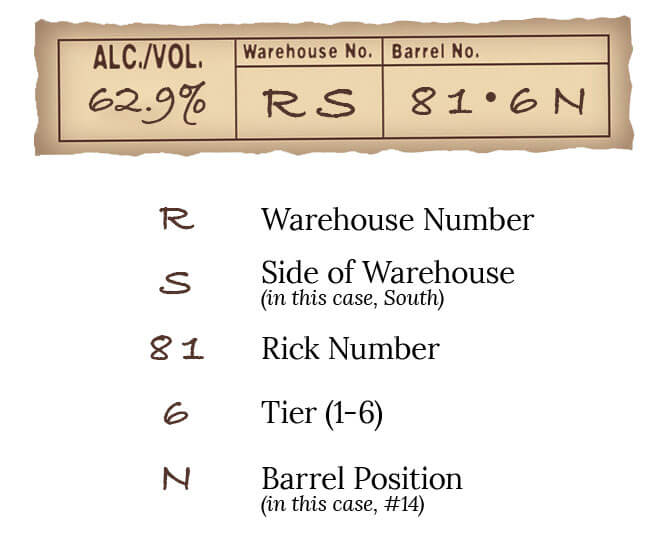
So, for example, a single barrel labeled RS – 81 – 6N is a barrel from warehouse RS (facing south), in rick 81, on the 6th tier, in the 14th (N) position.
